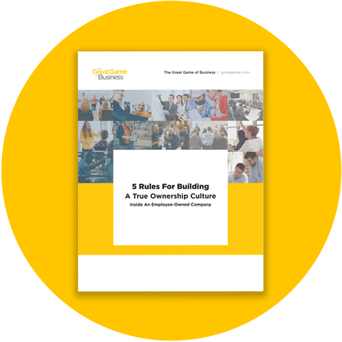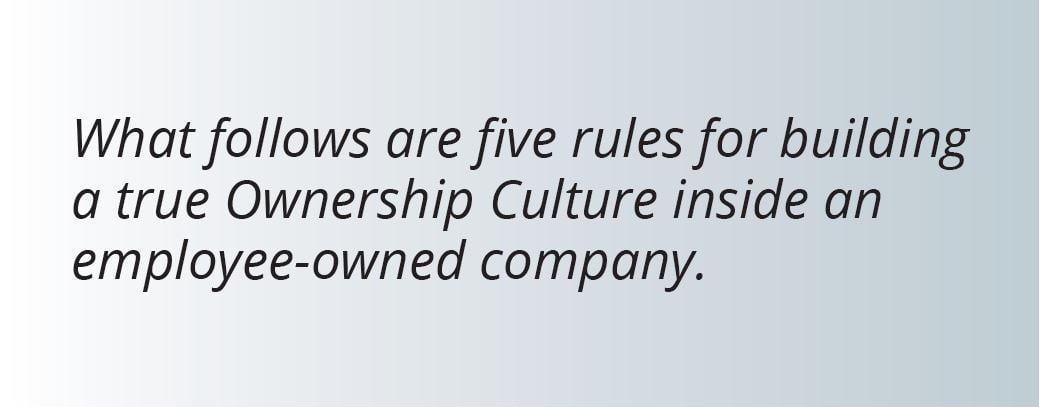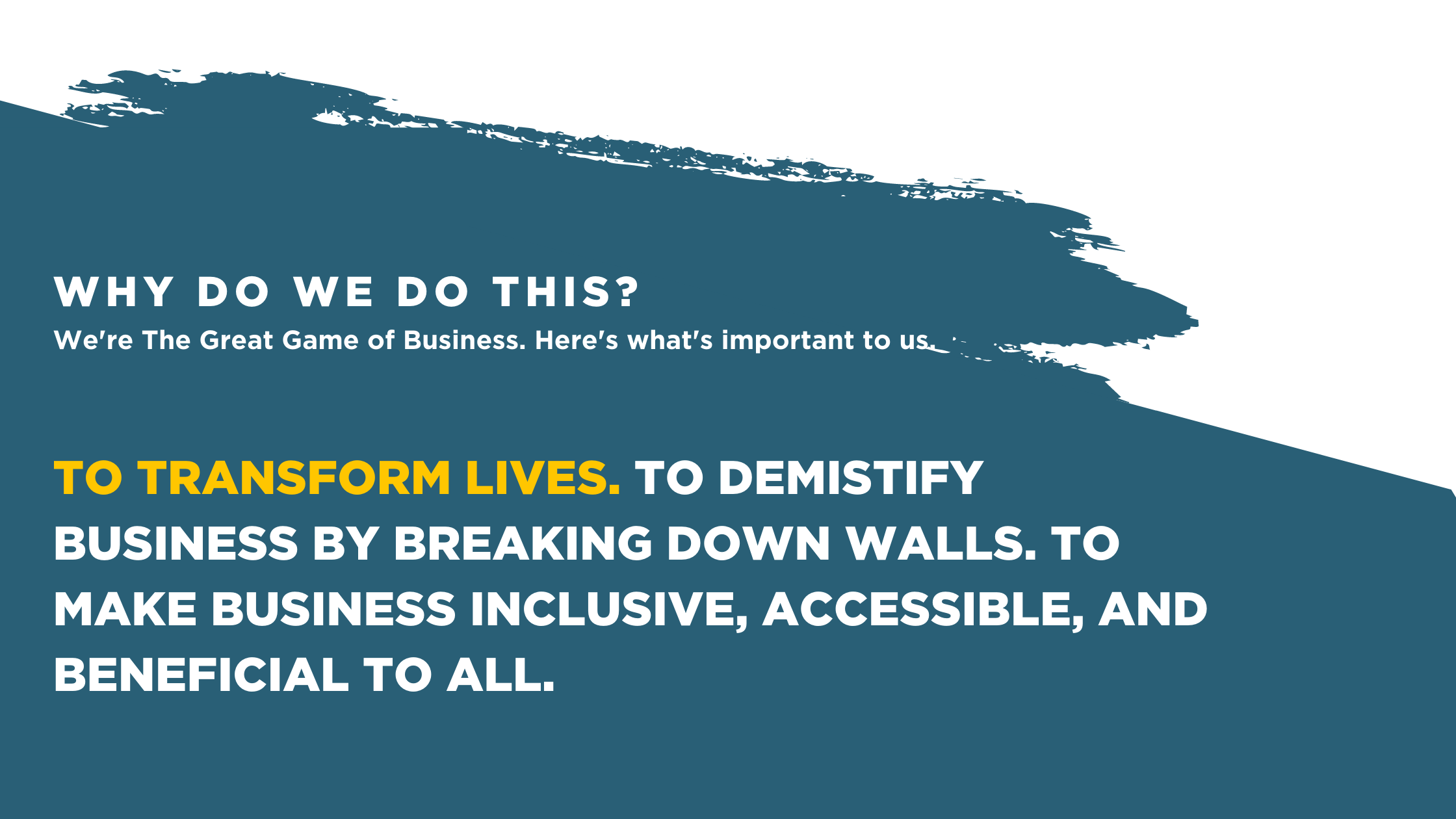What You'll Learn From This White Paper

There is a common belief that Employee-Ownership is all about owning stock. We hear it over and over again - “I gave my employees ownership but they just don’t seem to care.” This white paper will provide you with:
- 5 "musts" for creating an Ownership Culture.
- why it's not just about giving your people stock. They need to understand what they have or they'll never be motivated by it.
- the steps of communicating your ESOP by breaking down walls, educating your people on stock, and empowering them to take an active role in creating value for themselves and the company.
Click the links below to jump to a specific section:
To Maximize Equity Value You Need to Think Strategically
.png)






.png?width=284&name=Woman%20quote%20image2%20(1).png)










